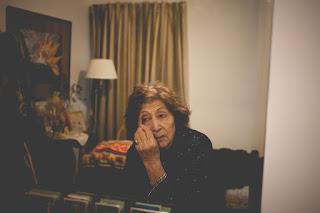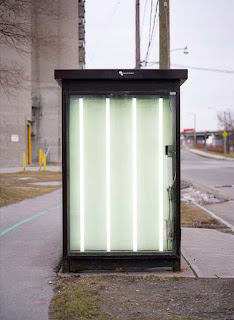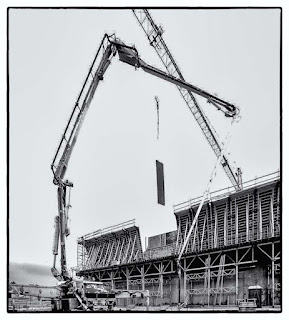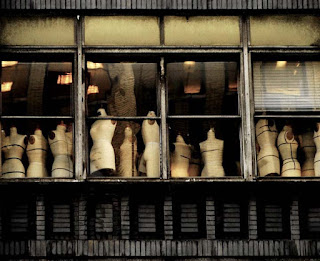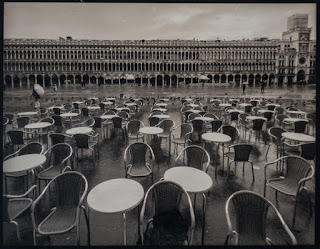‘Banovan’ is a photo-based project that examines the role of photography in how we understand and make personal, familial, and collective memories. Originated out of the desire to connect with an inaccessible family history in Iran, the project employs found family snapshots and combines them with images from a popular Iranian women’s magazine. By layering and juxtaposing the female subjects pictured in family photographs and within the magazine pages, the interventions create a collision of meanings where personal and socio-political narratives intersect. The project also addresses the complicated relationship between familial, cultural and historical contexts that have influenced women’s lifestyle in Iran.
Film: Polaroid Spectra
legends and folklore."
by Pieter Haagen
From Vitrine collection, ''Hi dear, how are you?'', NY 2004 by NOVIN


"Lake Urmia in Iran was once the world's second largest salt lake, but in a matter of years it shrank to almost nothing. Now, the lake is slowly coming back to life". BBC, Peter Schwartzstein, February 25, 2021
Untitled by Denis Lalonde
Vortices of Light 1 by John Wallace
Yemenis are generous people and Yemen is a resourceful country, bombed to pieces by Saudi-led coalition, supported by the Military Industrial Complex. This picture, and others, were taken when the war was starting. I assume by now the laypeople I met are displaced, dismembered, or killed, and most buildings, including the ones in the unique old Sana are destroyed.
Futur antérieur by Horst Herget
Model: Nii, wet plate/ tintype, original plate 6.5”x 8.5"




The home series, May 4, 2020 by Jamal Falahatgar

Wet plate, tintype original plate 6.5”x 8.5”
A Relationship in Quarantine by Elsa Hashemi, 2020
Laid off from work,
Locked down at home,
Nowhere to go,
No one to meet,
Just me, my studio, and everything inside it…
This was exactly when my gazing series started!
I began realizing what objects I was surrounded with,
And got fascinated with their shape, style, color and function.
Even a single spot on the wall started to look significant to me!
So, my relationship with my surroundings started;
And every single day I discovered something new around me,
And I realized what an important role it could have in my life…
That was why I never felt lonely in Quarantine…
The more I kept gazing at my surroundings, the more I felt they were gazing back at me!





Cynthia and Susan by Steve Stober, 2007, Gelatin silver print
One sunny winter afternoon in 2007, I spotted two debonair, stylish and confident looking older women looking into my studio window on Mount Pleasant Road in Toronto. I quickly ran outside and invited them into the studio for a quick, no frills portrait session. What ensued was the portrait, Cynthia and Susan , 2007. Cynthia and Susan were long time friends out for a stroll. Susan once ran a women’s clothing boutique on the same street.




Untitled by Arad Mehdi Agahi

The Great Marsh is the largest salt marsh in New England. It extends from north of Boston to the New Hampshire’s Atlantic shoreline and spans over 20,000 acres. It is of unparalleled value to the northeastern states, encompassing barrier islands, beaches, and dunes that protect communities from nor’easters; tidal estuaries that support commercially fisheries; and recreational opportunities that enhance the liveability of the historic townships like Newburyport and Ipswich in the region.
… My beloved mother used to sew “Chehel Tekeh” which literally means 40 pieces; the closest translation for it is Patchwork. I grew up to love this art form. As an educator of forty years, collage was always part of the pedagogical curriculum for my students of all ages particularly the youth. I had learned that to make collage means to think deep and to have perseverance. These were teaching goals that my students and I achieved with great success while making collages. After retiring at age 62, I started to create collage as a skilled artist. Collage creation became my only way of expressing myself while utilizing my life experiences, education, and vision for a better world.




Untitled by Gordon Hawkins, 2006



